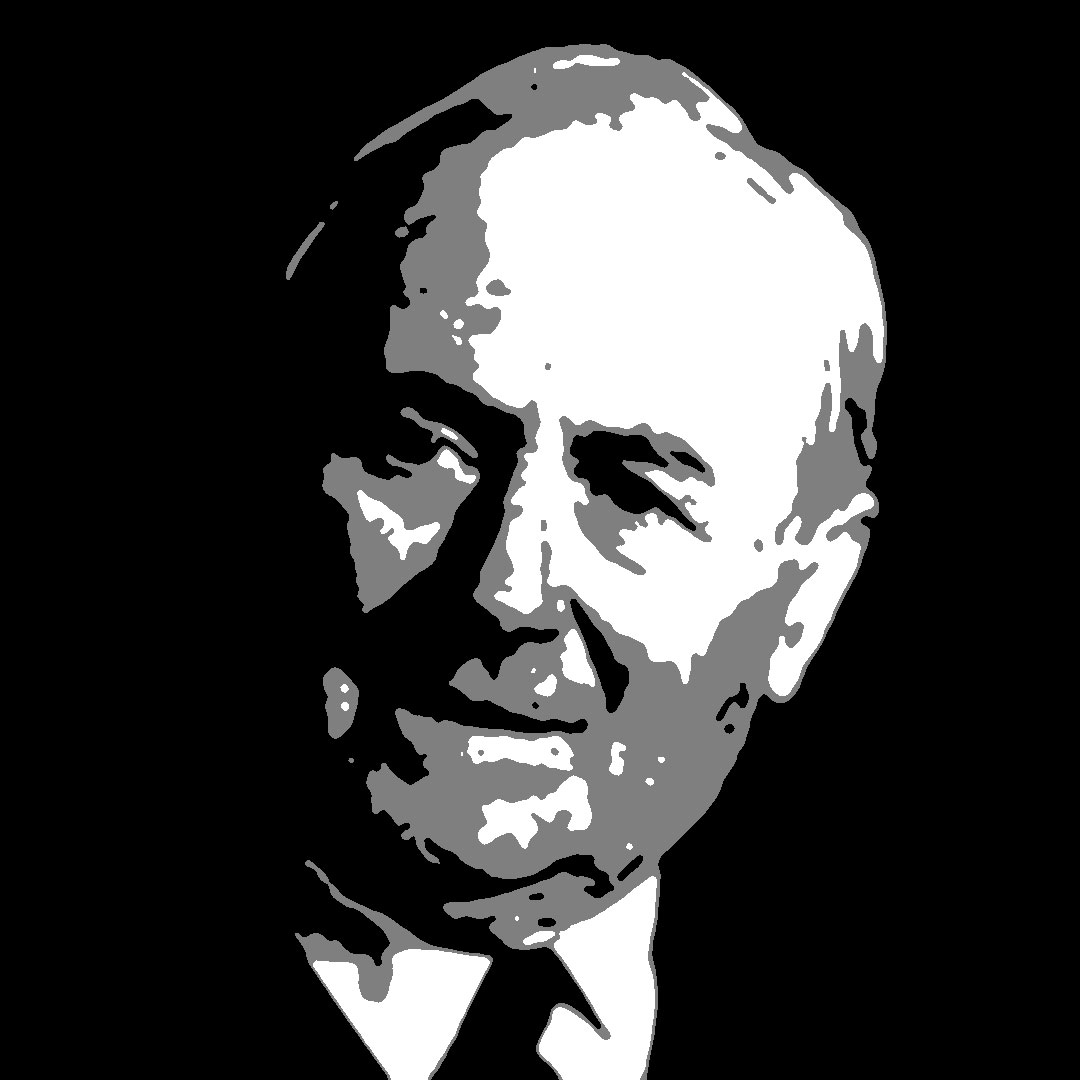
Joan Miró i Ferrà (* 20 April 1893 in Barcelona, Catalonia; † 25 December 1983 in Palma) was a Spanish-Catalan painter, graphic artist, sculptor and ceramicist.
His early works, based on Catalan folk art, show influences of Cubism and Fauvism. From the early to mid-1920s in Paris, influenced by the prevailing art movements of Dadaism and Surrealism, he made a fundamental change in style that led him away from representational art. As a representative of classical modernism, Miró is one of the most popular artists of the 20th century with his imaginative motifs. His magical symbols for the moon, stars, bird, eye and woman are among the best known elements of his art. The disturbing late work, such as the series Toiles brûlées ("Burnt Canvases"), was a staged destruction, a protest against the commercialization of art and an expression of his demand to "murder painting". In public spaces, for example, his ceramic walls decorate the UNESCO building in Paris and the Wilhelm Hack Museum in Ludwigshafen am Rhein; monumental sculptures by him can be found in squares in Barcelona and Chicago, among other places.
Miró created a large number of works. In his long artistic life, he created around 2,000 oil paintings, 500 sculptures, 400 ceramics and 5,000 collages and drawings. His graphic work includes around 3,500 works, including lithographs and etchings, most of which were printed in small editions.


